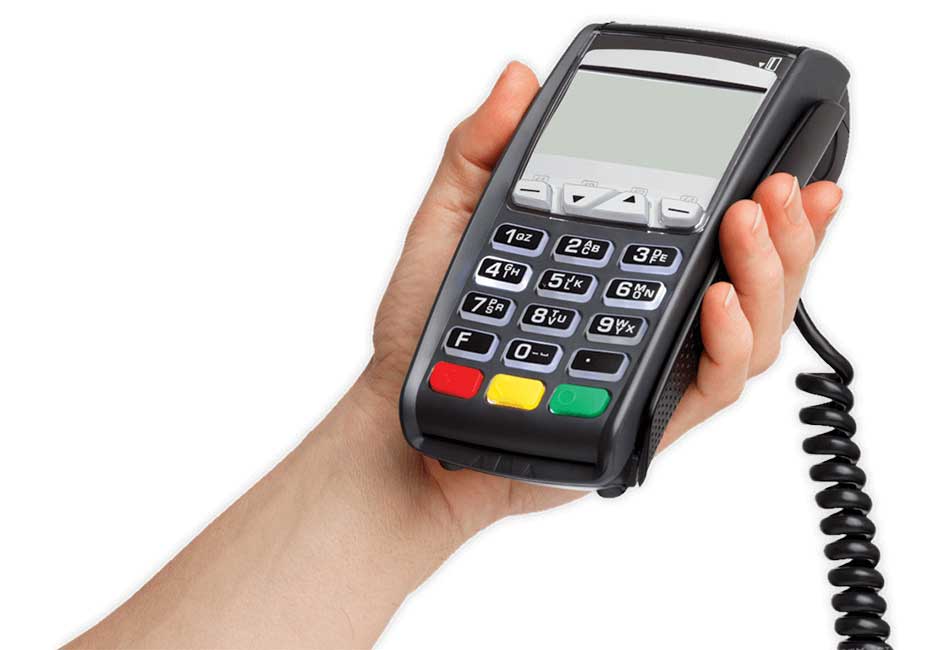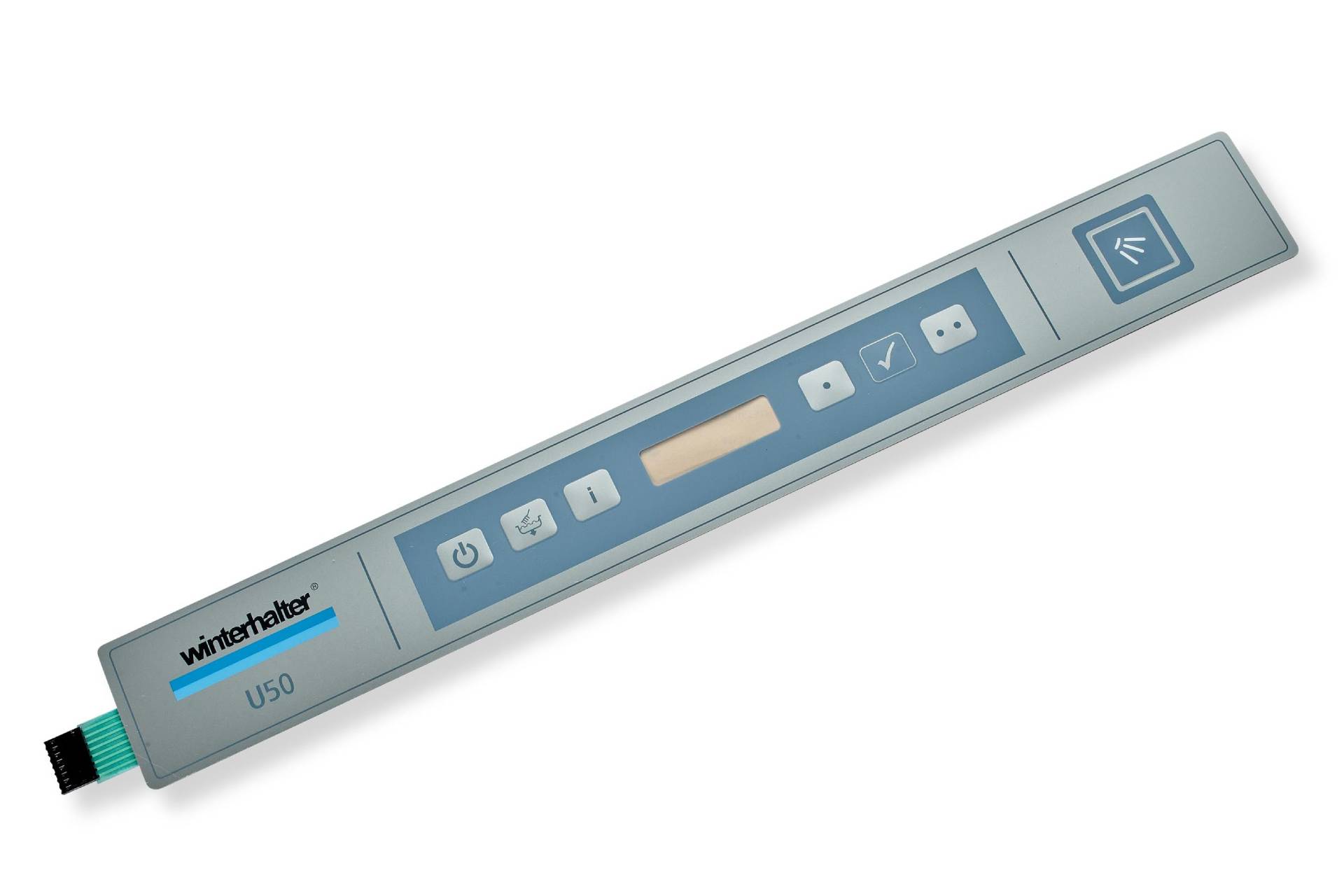Smart ways for manufacturing high-volume Rubber Keypads
A Comprehensive Guide to the Production and Handling of Rubber Keypads for Optimal Efficiency
The production and processing of rubber keypads play an important function in their efficiency and functionality. Product option, style accuracy, and sophisticated manufacturing strategies significantly influence their durability and performance. Understanding these components is crucial for developing top notch products. As numerous technologies arise in this field, discovering their ramifications might expose new standards for capability and user experience. What key elements will form the future of rubber keypads?
Understanding Rubber Keypads: Products and Types
Rubber keypads are essential elements in countless devices, supplying an equilibrium of toughness and tactile feedback. These keypads are mostly made from silicone or synthetic rubber, materials chosen for their flexibility and strength. Silicone rubber, specifically, is favored for its exceptional temperature level resistance and durability, making it excellent for different applications, from consumer electronic devices to industrial machinery.
There are numerous kinds of rubber keypads, consisting of dome switch keypads, which use a dome-shaped system that provides tactile feedback when pushed. In addition, there are also level keypads, which include a smooth surface and are usually utilized in push-button controls and medical gadgets. The option of product and type influences the keypad's performance, really feel, and overall individual experience. Recognizing these facets is crucial for designers and manufacturers aiming to produce efficient and reputable user interfaces in their items.
The Manufacturing Refine: From Layout to Production
The manufacturing process of rubber keypads entails numerous essential stages, beginning with style and finishing with manufacturing. Initially, developers create comprehensive requirements and prototypes, guaranteeing the keypad meets useful and visual requirements. Computer-aided design (CAD) software is often made use of to picture the layout and features before proceeding.
Once the layout is settled, product option is necessary, with alternatives normally including silicone or natural rubber. In the following phase, mold and mildews are produced based upon the accepted designs, which will form the keypads throughout manufacturing.
Complying with mold development, the production stage commences, where rubber is blended with additives to improve efficiency. The combination is then put into mold and mildews and subjected to warmth and pressure, enabling it to cure and solidify.
The completed keypads undergo top quality checks to confirm they meet well established requirements, complied with by packaging for distribution. This all-inclusive process guarantees peak efficiency in the end product.
Secret Techniques in Rubber Molding
In the domain name of rubber keypads, different molding techniques play an essential function in determining the top quality and performance of the end product. One prevalent technique is compression molding, where raw rubber is placed in a heated mold and mildew and stress is used, allowing for efficient automation and harmony. One more considerable strategy is injection molding, which involves injecting warmed rubber into a mold, providing better precision and complex shapes. Transfer molding, a crossbreed of both approaches, is additionally made use of, particularly for intricate layouts, as it integrates the benefits of both processes. Additionally, liquid silicone rubber (LSR) molding is getting grip because of its adaptability and longevity, making it excellent for high-performance applications. Each method has unique attributes, affecting factors such as cycle time, material waste, and production prices. Selecting the suitable molding method is essential for achieving peak performance in rubber keypads.
Surface Area Finishing and Texturing Options
Surface finishing and texturing alternatives play an essential role in boosting the tactile experience and visual allure of rubber keypads. Makers employ numerous strategies to produce unique surface area qualities that influence customer communication and item layout. Usual ending up methods consist of matte, glossy, and satin finishes, each offering various visual results and grasp levels. Texturing options, such as increased patterns, grooves, or stippling, better enhance performance by enhancing traction and decreasing slippage throughout use.
Additionally, certain textures can be customized to fulfill ergonomic requirements, providing convenience during long term use. The choice of surface area coatings and textures can be influenced by the designated application of the keypad, whether it be for customer electronics, automobile controls, or commercial gadgets. Ultimately, careful consideration of these options contributes greatly to individual fulfillment and general item efficiency, making them important components in the layout and production process of rubber keypads.
Quality Assurance Measures in Rubber Keypad Manufacturing
Quality assurance measures in rubber keypad manufacturing are important for making sure item reliability and performance. These procedures include material selection criteria, strenuous screening procedures, and stringent final assessment requirements. Together, they develop a thorough framework that assists suppliers copyright quality throughout the manufacturing process.

Product Selection Standards
Selecting the proper materials for rubber keypads is vital, as it directly influences their longevity, functionality, and user experience. Secret standards for material option consist of tensile stamina, resilience, and ecological resistance. The selection of rubber compound, such as silicone or thermoplastic elastomer (TPE), plays a vital function in accomplishing desired responsive feedback and longevity. In addition, factors like chemical compatibility, temperature level security, and UV resistance must be taken into consideration this content to guarantee optimal efficiency in numerous applications. Manufacturers should also assess the convenience of processing and cost-effectiveness of products, balancing quality with budget plan restraints. Eventually, the best material option not just improves the keypad's efficiency but likewise adds to overall item top quality and consumer contentment.
Checking Treatments Implemented
After determining the appropriate materials for rubber keypads, extensive screening procedures are executed to confirm that the end products meet sector criteria and consumer expectations. These treatments normally consist of mechanical testing, which examines the sturdiness and elasticity of the rubber under various problems. In addition, environmental screening analyzes the keypads' efficiency under temperature changes, humidity, and exposure to chemicals. Electric screening validates the keypads operate properly with electronic elements, confirming responsiveness and conductivity. Moreover, tactile feedback is evaluated to assure user satisfaction. These considerable screening steps are essential in identifying any kind of defects or variances before automation, inevitably improving the reliability and performance of rubber keypads in their designated applications.

Last Examination Specifications
Detailed final assessment criteria are crucial in rubber keypad production to assure that each unit satisfies the defined criteria for performance and appearance. This process typically includes aesthetic analyses to recognize any surface area problems, such as discoloration or imperfections. In addition, responsive assessments establish that the keypads react properly to touch, maintaining the called for degree of sensitivity. Longevity tests may additionally be carried out, replicating long term use to confirm the longevity of the keypad under various conditions. In addition, adherence to industry guidelines and customer specs is verified to maintain top quality assurance. By implementing these rigorous evaluation measures, suppliers can substantially lower the risk of flaws, making sure that the end product is trustworthy and meets consumer assumptions, ultimately boosting customer satisfaction.
Developments in Rubber Keypad Modern Technology
As modern technology remains to progress, technologies in rubber keypad technology are reshaping user interfaces across numerous sectors. One substantial development is the assimilation of capacitive touch sensors within rubber keypads, permitting a more responsive and functional customer experience. This technology enables users to engage with devices via touch, improving functionality without giving up the responsive comments that rubber keypads are recognized for.
In addition, renovations in material formulas have resulted in the advancement of more long lasting, weather-resistant rubber, making keypads suitable for outside and industrial usage. Improved printing strategies also enable high-resolution graphics and backlighting options, enhancing visibility and visual allure.

In addition, developments in manufacturing processes, such as 3D printing, are making it possible for page custom-made styles and fast prototyping, streamlining manufacturing timelines. These technologies collectively add to much more reliable and user-friendly rubber keypads, guaranteeing they satisfy the needs of contemporary applications while preserving their core advantages.
Ideal Practices for Design and Functionality
Designing effective rubber keypads calls for careful analysis of both looks and functionality. Rubber Keypads. A well-designed keypad must stabilize ergonomic concepts with aesthetic attract enhance individual experience. Trick variables consist of dimension, shape, and spacing of switches, guaranteeing they are very easy to press while protecting against unexpected activation. Utilizing contrasting appearances and colors can boost presence and responsive feedback, assisting customers in identifying in between tricks
Additionally, the option of products plays a crucial function; high-quality rubber substances can improve longevity and resistance to use. It is additionally vital to take into account the assimilation of attributes such as backlighting and customized graphics, which can enhance usability in various environments.
Lastly, prototyping and customer testing are vital in the design procedure, permitting adjustments based upon real-world responses. By sticking to these ideal techniques, suppliers can produce rubber keypads that not only look attractive yet likewise satisfy the functional requirements of users properly.
Regularly Asked Concerns
Just how Do I Pick the Right Rubber Material for My Keypad?
To choose the ideal rubber product for a keypad, one need to take into consideration elements such as longevity, environmental resistance, responsive comments, and compatibility with the designated application, making certain suitable performance and user contentment in different conditions.
What Are the Ecological Effects of Rubber Keypad Manufacturing?
Rubber keypad manufacturing can cause environmental impacts such as logging for natural rubber sources, air pollution from chemical procedures, and waste generation. Lasting practices and products can reduce a few of these negative results on ecological communities.
Can Rubber Keypads Be Recycled or Recycled?
Rubber keypads can be recycled, however the process depends on the certain products made use of in their manufacturing. Reusing them in different applications is also feasible, adding to throw away decrease and promoting sustainability in making techniques.
What Is the Average Life Expectancy of a Rubber Keypad?
The typical lifespan of a rubber keypad usually ranges from 5 to ten years, relying on usage, ecological factors, and maintenance. Normal care can extend its performance, while too much wear may reduce its sturdiness.
Exist Any Kind Of Wellness Worries Associated With Rubber Keypad Materials?
There are prospective health problems connected to rubber keypad products, consisting of allergic responses to specific chemicals and toxic irritants made use of in manufacturing. Correct handling and understanding of material structure can mitigate these dangers for users.
There are several types of rubber keypads, consisting of dome switch keypads, which use a dome-shaped device that offers tactile feedback when pushed. Choosing the proper products for rubber keypads is necessary, as it straight affects their longevity, customer, and performance experience - Rubber Keypads. After establishing the proper products for rubber keypads, strenuous screening treatments are carried out to validate that the final items satisfy market standards and client expectations. Rubber keypad manufacturing can lead to ecological impacts such as deforestation for natural rubber resources, air pollution from chemical procedures, look at here and waste generation. Rubber keypads can be reused, but the procedure depends on the details materials made use of in their manufacturing